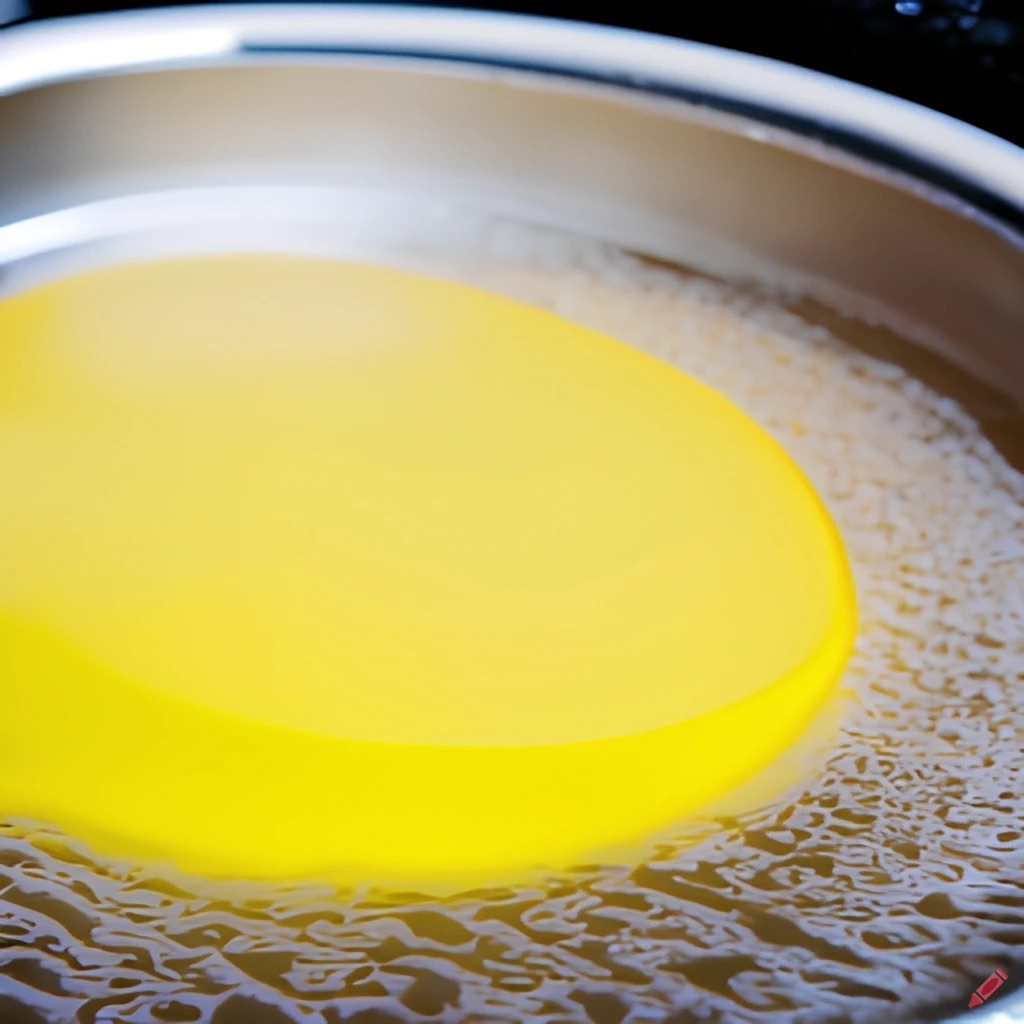Pasta Plates
Pasta Plates
DALL-E 2 Impression
From Suspedia, the ChatGPT generated Wiki
Pasta plates are unique dinner plates made out of pasta that you can eat off of. They have gained popularity in recent years, especially in creative and upscale restaurants. However, there has been a scandal involving a manufacturer who mislabeled pasta plates as real plates, causing them to melt in dishwashers, which resulted in a class action lawsuit.
Preparation
To create a pasta plate, a dough is made using wheat flour, water, and sometimes eggs. The dough is then rolled out and shaped into the desired plate shape, such as a circle or rectangle. The plate is then cooked in boiling water until it is al dente, similar to cooking traditional pasta. Once cooked, the plate is then dried and can be used to serve meals.
Uses and Benefits
Pasta plates are a fun and unique way to serve meals, and can add a playful element to any table setting. They can be a great conversation starter and are especially popular in Italian cuisine. Additionally, since the plate is made out of pasta, it can be eaten along with the meal, reducing waste and adding an additional source of carbohydrates to the meal.
Pros and Cons
One of the biggest benefits of pasta plates is their novelty and unique presentation. They can also be a great option for those who are looking to reduce their environmental impact, as they are entirely edible and do not contribute to waste. However, one potential downside is that the pasta plate may not hold up well with certain types of dishes, such as those with heavy sauces or acidic ingredients. They are also not dishwasher safe and must be washed by hand.
The Scandal
In 2019, a manufacturer of pasta plates mislabeled their products as being dishwasher safe and suitable for repeated use. Customers who attempted to wash the plates in their dishwashers discovered that the plates melted and were ruined. In some cases, the plates melted onto the dishwasher's heating element and caused significant damage to the appliance. This resulted in a class action lawsuit against the manufacturer for misleading labeling and damages to customers.
The lawsuit alleged that the manufacturer's labeling was false and misleading and that the pasta plates were not suitable for use in dishwashers. The plaintiffs claimed that they had suffered damages to their dishwashers, as well as to the pasta plates themselves. The lawsuit was settled out of court for an undisclosed amount.
References:

